Showing 1–12 of 34 results
-

Arugula Lettuce (Per 100g)
₹130.00Add to cartThe leaves can be long and spiked or shorter and more rounded, but they all share that dark green color. People commonly add fresh arugula to salads, but it also works well incorporated into pasta, casseroles, and sauces, just like other leafy greens. Due to its peppery flavor, people often mix arugula with other milder greens, such as watercress and romaine. Arugula is high in vitamin K, a fat-soluble vitamin that helps with blood clotting and bone metabolism.
-

Baby Spinach (Per 100gms)
₹115.00Add to cartBaby spinach (Spinacia oleracea) refers to the young, tender leaves of spinach plants harvested early in their growth cycle. Smaller and more delicate than mature spinach, baby spinach is prized for its mild flavor, smooth texture, and versatility in a wide range of dishes. It is a nutrient-dense green that is commonly used in salads, smoothies, sautés, and as a garnish. Baby spinach has small, delicate leaves that wilt to a slippery mass when cooked. The flavor of baby spinach is also much milder than that of mature bagged and bunched spinach.
-
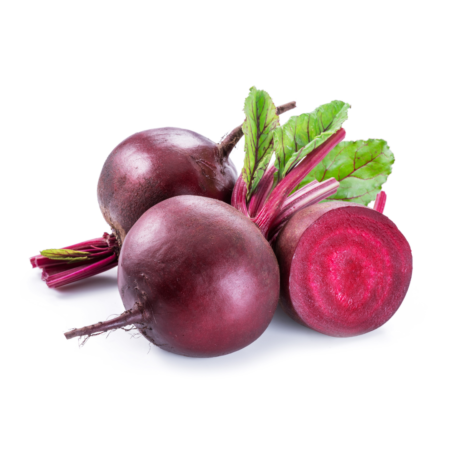
Beetroots (Per 500gms)
₹48.00Add to cartBeetroot tops are deep green, bunched together with the veins being of the colour of beetroot. When raw, they posses chewy and woody texture similar to collard greens and kale. Beetroot is a versatile and nutrient-rich vegetable that can be enjoyed in many ways. You can roast it for a sweet, caramelized flavor, or boil it and add it to salads for a crunchy texture and vibrant color. Beetroot can also be blended into smoothies or juices for a nutrient-packed drink. Try using it in soups like borscht, or incorporate it into sandwiches and wraps for added flavor. For a unique twist, you can also pickle beetroot or use it in dips like hummus.
-
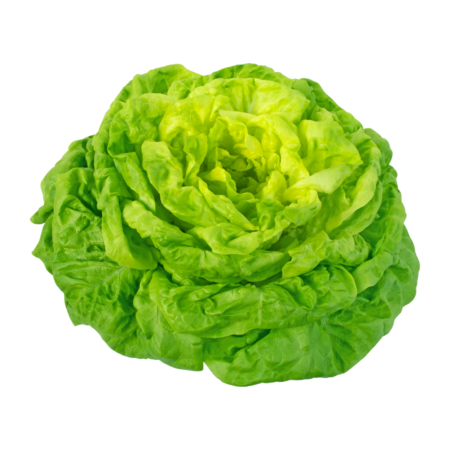
Butterhead Lettuce (One Head)
₹130.00Add to cartIt is best suited for both raw and cooked applications such as braising or boiling. Predominately used as the principal ingredient in salad, its textures and subtle flavors are a perfect canvas for savory and bold, or bright, fruity companion ingredients. It is also commonly layered in sandwiches or used as a wrap for tuna or chicken.
It is high in fiber and cellulose, it is heart healthy. It also helps with insomnia.
-

Celery (One Unit)
₹130.00Add to cartCelery (Apium graveolens) is a popular vegetable known for its crisp texture and refreshing flavor. It is characterized by long, fibrous stalks that taper into leafy tops. Celery is commonly eaten raw as a snack, added to salads, soups, and stews, or juiced for its health benefits.
In hydroponics, celery thrives in nutrient-rich water systems and grows upright, making it an efficient crop to cultivate. It requires steady light, humidity, and moderate temperatures for optimal growth.
Culinary Uses and Practical Benefits
-
Versatile in Cooking: Use in soups, stews, smoothies, salads, or as a snack with dips.
-
Juicing Trend: Celery juice is renowned for its detoxifying and skin-cleansing properties.
-
Long Shelf Life: When grown hydroponically, celery stays fresh longer, providing consistent quality year-round.
Adding celery to your hydroponic crop range is a smart move, appealing to health-conscious consumers and culinary enthusiasts alike! 🌱
-
-

Chinese Cabbage (One Unit) Approx 800g
₹220.00Add to cartChinese cabbage (Brassica rapa subsp. pekinensis), also known as Napa cabbage, is a leafy vegetable widely used in Asian and global cuisines. It is recognized for its mild, sweet flavor, crisp texture, and high nutritional value, making it a favorite in salads, stir-fries, soups, and fermented dishes like kimchi.
Key Features:
- Appearance: Chinese cabbage has an elongated head with tightly packed, pale green leaves that are broad, crinkly, and tender. The veins are prominent and add a slight crunch.
- Flavor: The flavor is mild and slightly sweet, without the sharpness typically associated with other cabbages.
- Nutritional Value: It is low in calories but high in essential vitamins and minerals, including vitamins C and K, folate, calcium, and potassium. It also contains antioxidants and dietary fiber, promoting digestion and overall health.
-
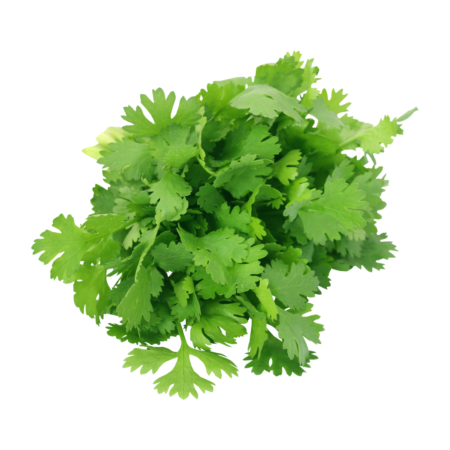
Coriander – (Per 100g)
₹45.00Add to cartCoriander, Coriandrum Sativum, is an erect annual herb in the family Apiaceae. The Leaves of the plant are variable in shape, & Slender & feathery higher on the flowering stems. It is a soft, hairless plant. The flowers are produced in small umbels & are white or Very pale pink in colour with the petals pointing away from the centre of the umbel longer than those pointing towards it. All parts of the coriander plant are edible, but the fresh leaves and the dried seeds are most commonly used. Leaves and seeds are used fresh or dried as a herb in cooking.
-

Curly Endive Lettuce (One Head)
₹115.00Add to cartThe Curly Endive lettuce is the type commonly consumes lettuce, grown mainly in the northern peninsular Spain due to the mild and humid climate of the area, conditions for this type of lettuce. It can be described as a round lettuce bud and loose and curled leaves; its leaves are quite showy and depending on the variety may be more intense or lighter green
-
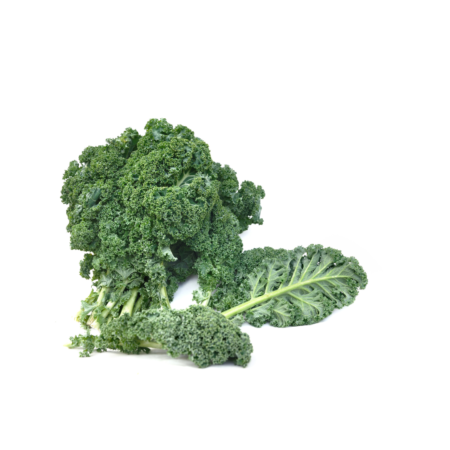
Curly Kale (Per 100g)
₹140.00Add to cartKale is a bright green, dark green, or purple, with tight, ruffled leaves that are easy to tear. Curly kale is the most common type of kale. Kale can be steamed, sauteed, boiled, or chopped and used raw in salads.
It can also be added to soups. Kale leaves can be baked till crispy to make it as a healthy chips alternative.Nutrients in Kale can help in reducing cholesterol, prevent cancer and losing weight by filling you up with a high water content but few calories -
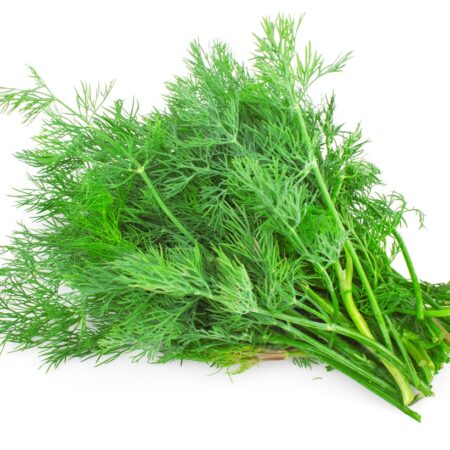
Dill Leaves – (Per 100g)
₹60.00Add to cartDill has copious tiny, yellow flowers and thin, wispy, feathery, yellow-green leaves and grows two to three feet tall. The seeds and leaves of this very aromatic herb are used in cooking. Dill’s interesting flavor has been described as licorice-flavored and as being a combination of anise, parsley, and celery. Dill leaves imbued with powerful digestive, anti-microbial, anti-flatulent, and cardiotonic properties, have also been used since decades as a traditional ayurvedic remedy for treating a host of health and skin conditions.
-
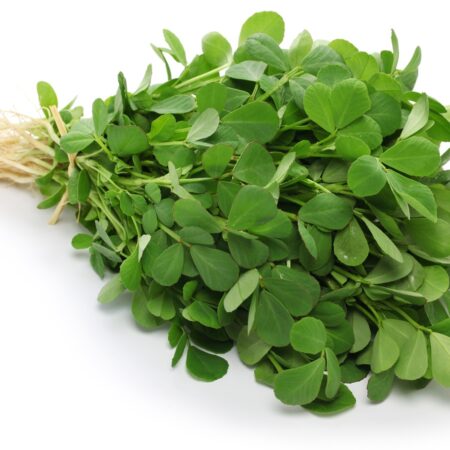
Fenugreek (Methi) – Per 200g
₹90.00Add to cartFenugreek (Trigonella foenum-graecum)
Fenugreek is a versatile herb and spice known for its distinct aroma, slightly bitter taste, and numerous health benefits. It is widely used in culinary, medicinal, and cosmetic applications. Native to the Mediterranean region, fenugreek is now cultivated globally, especially in India, North Africa, and the Middle East.
Key Features:
-
Culinary Use:
-
Leaves: Fresh or dried fenugreek leaves (methi) are used in curries, stews, and flatbreads. They impart a robust, earthy flavor.
-
Seeds: Small, golden-brown seeds are roasted and ground into spice blends like garam masala or soaked for sprouts in salads and dishes.
-
-
Nutritional Value:
Rich in proteins, dietary fiber, iron, magnesium, and vitamin B6. Fenugreek also contains bioactive compounds like saponins and flavonoids, contributing to its health benefits.
-
Health Benefits:
Fenugreek is believed to aid in digestion, improve blood sugar control, promote lactation in nursing mothers, and support heart health.
-
Flavor Profile:
Slightly nutty with a hint of bitterness when raw, but it develops a caramel-like sweetness when cooked.
Fenugreek is prized for its adaptability in recipes and its long-standing reputation in traditional medicine. Its earthy, aromatic presence enhances any dish it accompanies while contributing valuable nutrients.
-
-

Green Chawli (Amaranth) – Per 200g
₹50.00Add to cartGreen Chawli leaves, also known as Amaranthus or amaranth leaves, are a powerhouse of nutrients and offer several health benefits.
Nutritional Profile
Amaranthus leaves are rich in:
- Vitamins: A, C, K, and folate.
- Minerals: Iron, calcium, potassium, magnesium, and zinc.
- Dietary Fiber: Promotes digestive health.
- Protein: Contains essential amino acids, making it a good plant-based protein source.
- Antioxidants: Including betalains and carotenoids, which help combat free radicals.

